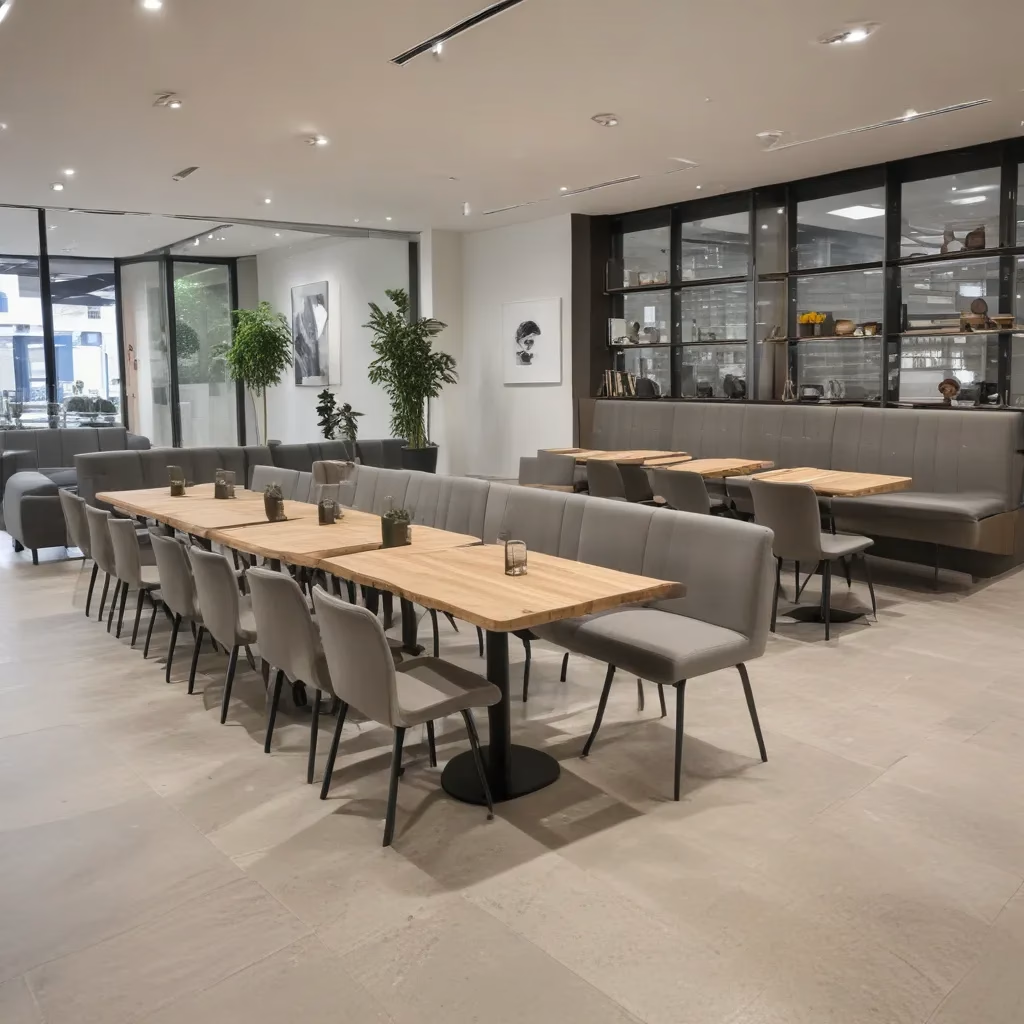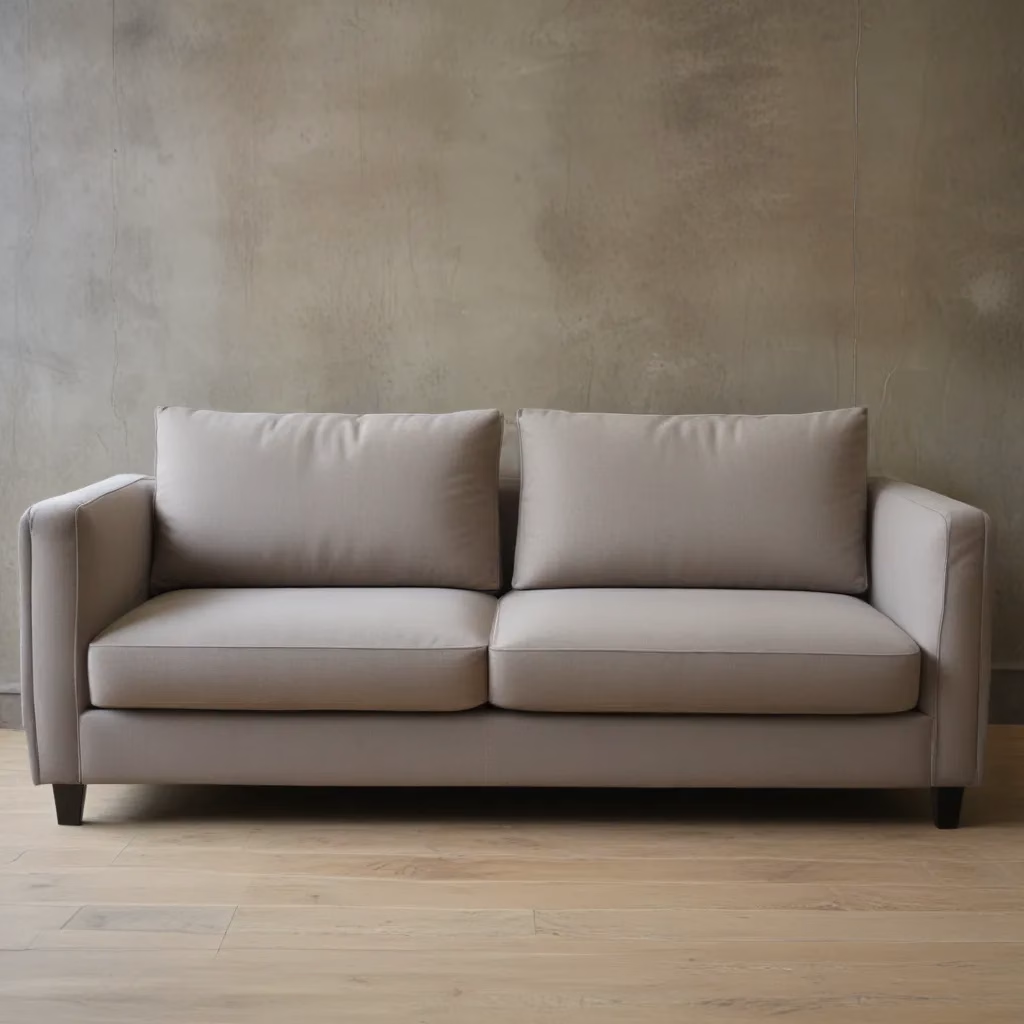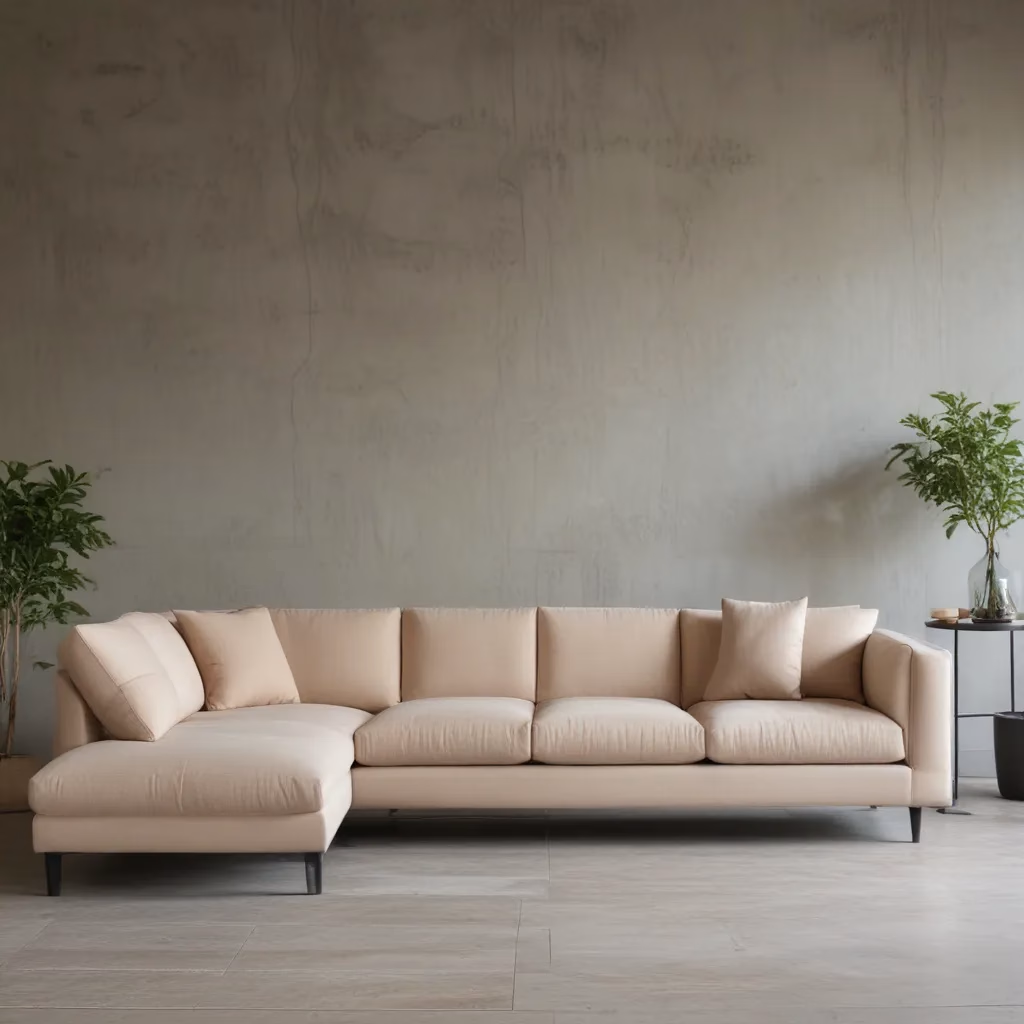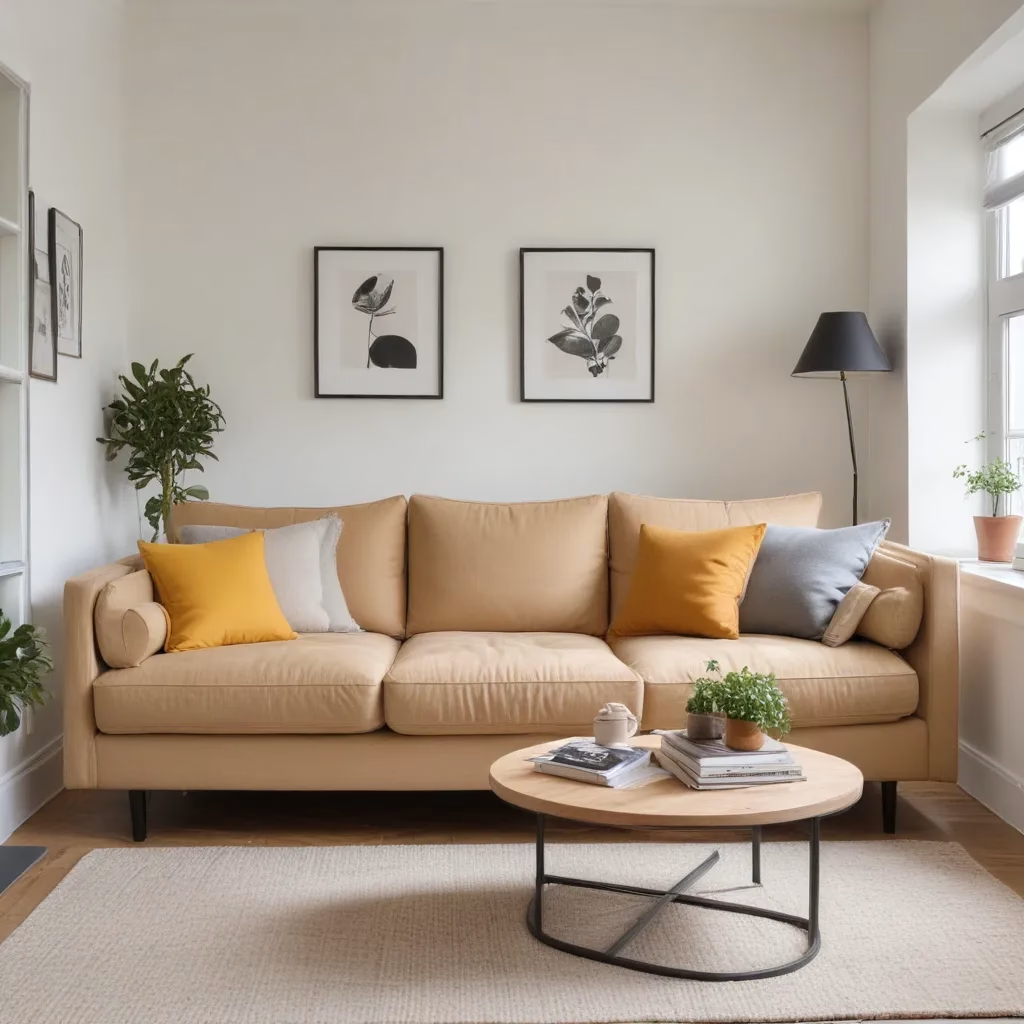
Crafting a harmonious living space involves a delicate balance of aesthetics and functionality — and functional zoning is a cornerstone of achieving this. In our 15 years installing… By orchestrating the seamless division of spaces within a home, designers can enhance the visual appeal and practical flow of open-plan layouts.
Now, this might seem counterintuitive…
In this comprehensive guide, we’ll explore the art of using bespoke seating to delineate zones and optimise circulation in modern, open-concept living areas. From thoughtful furniture placement to strategic use of vertical space and textural finishes, we’ll uncover a symphony of design elements that transform houses into truly remarkable homes.
Sofa Selection and Upholstery Care
Fabric and Upholstery Selection
When it comes to creating distinct zones within an open floor plan, the sofa is often the anchor piece that sets the tone. Choosing the right upholstery fabric is crucial — it needs to be durable enough to withstand daily use, yet aesthetically harmonious with the overall design scheme.
Opt for fabrics with a tight weave, such as high-performance microfibre or stain-resistant polyester, which can stand up to the rigours of family life. Identify the traffic patterns in your space and select upholstery accordingly — areas with heavier use may benefit from leather or performance velvet, which are easier to clean.
When it comes to patterns and textures, balance is key. A tufted or channelled sofa can add a luxurious, tailored look, while textural weaves like linen or boucle create visual interest. Pair these statement pieces with complementary accent pillows and throws to tie the zone together.
Living Room Layout Tips
Arranging the furniture in an open-concept space is an art form in itself. The goal is to delineate distinct zones — such as a living area, dining space, and home office — while maintaining an overall sense of flow and cohesion.
Start by positioning your sofa or sectional to anchor the primary seating area. Angle it slightly to create a sense of conversation and intimacy, while ensuring clear pathways for circulation. Flank the sofa with armchairs or accent chairs to reinforce the zone.
Use rugs to further define the living space, placing the front legs of the sofa and chairs on the rug to visually ground the arrangement. If the space allows, consider a chaise lounge or loveseat to create a cosy nook for reading or relaxing.
In the dining area, centre a rectangular or round table and surround it with dining chairs that complement the sofa’s style. Placing the table parallel to the kitchen or living zone helps maintain visual continuity.
Sofa Cleaning and Maintenance
To keep your bespoke seating looking its best, establish a regular cleaning and maintenance routine. Vacuum the upholstery weekly to remove surface dirt and dust, and spot-clean any spills or stains immediately with a mild, fabric-safe cleaner.
For deeper cleaning, consider professional upholstery cleaning every 12-18 months, depending on usage. This not only refreshes the fabric but also helps extend the life of your investment.
When it comes to stain removal, act quickly and blot the affected area — don’t rub, as this can spread the stain. Use a clean, damp cloth and a small amount of mild detergent or upholstery cleaner. Avoid using harsh chemicals or scrubbing, as this can damage the fabric.
Caring for your sofa’s cushions is also essential. Flip and rotate them regularly to double-check that even wear, and consider investing in slip covers or throw pillows that can be easily washed. With some simple maintenance, your bespoke seating can remain a stylish and comfortable centrepiece for years to come.
Furniture Styling and Comfort
Enhancing Comfort and Relaxation
Designing a living space that’s not only visually appealing but also supremely comfortable is the holy grail of interior design. When it comes to sofas, prioritise ergonomic features that promote relaxation and support.
Look for memory foam or down-filled cushions that mould to the body’s contours, providing ample lumbar support. Opt for a semi-firm seat that strikes the right balance between plushness and structure. Generous seat depth and high-density foam can also contribute to long-lasting comfort.
Layering textiles, such as velvet throws, plush area rugs, and fluffy cushions, can create a cosy, inviting ambiance. These tactile elements not only add visual interest but also enhance the overall sense of comfort and luxury.
Styling for Visual Appeal
While comfort is paramount, the visual styling of your bespoke seating is equally important in an open-concept space. Carefully curate a cohesive palette of colours, textures, and patterns to craft a harmonious, visually stunning living area.
Begin by selecting a sofa in a neutral tone, such as beige, grey, or navy, which can serve as a versatile foundation. Pair it with accent chairs in complementary hues or patterned fabrics to add visual depth. Incorporate throw pillows and blankets in a mix of solids, stripes, and geometric motifs to layer in visual interest.
Strategically place end tables, coffee tables, and ottomans around the sofa to create a cohesive seating arrangement. Opt for wood, metal, or glass finishes that echo the tones and textures of the upholstery. Finish the look with carefully curated accessories, such as vases, sculptures, and decorative trays, to breathe life into the space.
Buying Guides and Considerations
Evaluating Sofa Sizes and Dimensions
When selecting a sofa for an open-concept layout, size and scale are critical considerations. Measure the available space meticulously to double-check that the dimensions of your chosen piece will fit harmoniously within the room.
Start by determining the maximum width your sofa can accommodate, factoring in clearance for traffic flow and any adjacent furniture. Consider the depth as well — a deeper sofa can create a more substantial, grounding presence, while a shallower piece may be better suited for smaller spaces.
The height of the sofa also plays a role in the overall visual balance of the room. Taller backs can make a bold statement and provide a sense of anchoring, while lower-profile designs maintain an airy, open feel.
Research and Decision-Making
Navigating the world of sofa styles and construction quality can be daunting, but a little research goes a long way. Explore the latest furniture trends, both in-person and online, to identify the aesthetic that best suits your open-concept space.
Consider the durability and craftsmanship of the sofa, looking for features like solid wood frames, reinforced joints, and high-quality upholstery. These investments may come with a higher price tag, but they often deliver superior comfort and longevity.
Measure your available budget carefully and factor in any additional costs, such as delivery, assembly, or custom modifications. Remember that a well-chosen, high-quality sofa can be a lifelong investment that elevates the entire living space.
Designing harmonious, functional open-concept layouts requires a deft touch, but the rewards are well worth the effort. By strategically selecting bespoke seating, crafting visually stunning arrangements, and prioritising comfort and style, you can transform your home into a sanctuary that seamlessly blends form and function.
For more inspiration and expert guidance on curating the perfect sofa for your open-concept space, be sure to explore the wide range of options at SofaSpectacular.co.uk. Their team of furniture specialists is dedicated to helping you find the ideal solution to delineate zones and optimise flow in your modern living spaces.
Tip: Rotate cushions regularly to maintain even wear



